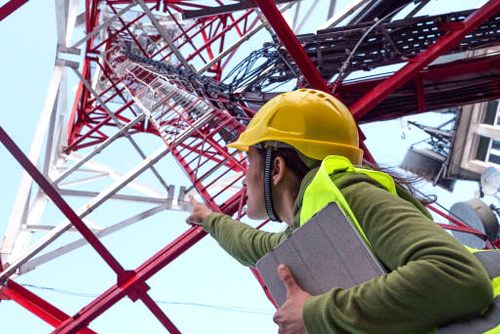THE PROBLEM
In the onshore O&G fracturing industry, high-pressure pumping equipment are often subject to catastrophic failures, resulting in loss of production and unplanned repair costs. Our client, a leading shale gas oilfield solution provider, wanted to leverage Machine Learning to monitor real-time sensor telemetry data and generate actionable advance warnings for failures of equipment used in their O&G drilling and fracking systems. To this end, the client partnered with Inxite Out to build an AI-powered anomaly detection solution to predict imminent malfunction and anomalies in advance, along with the critical contributing factors.

INXITE OUT APPROACH
Data Ingestion
Real-time raw sensor data (of non-uniform sub-second interval) was ingested into a centralized data store in Google cloud through an event-queuing agent. An early pruning of irrelevant (low signal-to-noise) features was done before aggregating the data in near real-time batches of uniform duration, for enabling further downstream processing.
Feature Engineering & Model Building
Data was further pre-processed and enriched by domain-aware engineered features capturing composite relationships between various parameters and states of operation in a sliding window fashion. Custom algorithm pipeline was designed and developed for selection of the best features followed by an advanced anomaly detection model.
Post-processing & Alert Generation
Developed an alert generation mechanism if catastrophic anomalies are predicted based on model output scores and tuned thresholds. In addition, critical factors were identified for enabling on-field engineers in causal analysis and decision-making for action to be taken based on the type of alert generated.
RESULT
Solution was adopted by the client and integrated in their fracking process, which enabled actionable warnings of failure sufficiently in advance, leading to timely intervention. Solution achieved all success criteria defined by the client, viz., high true positive rate (> 90%), low false positive rate (< 10%), robustness against data inconsistency issues due to measurement inaccuracies / intermittent data transmission faults



